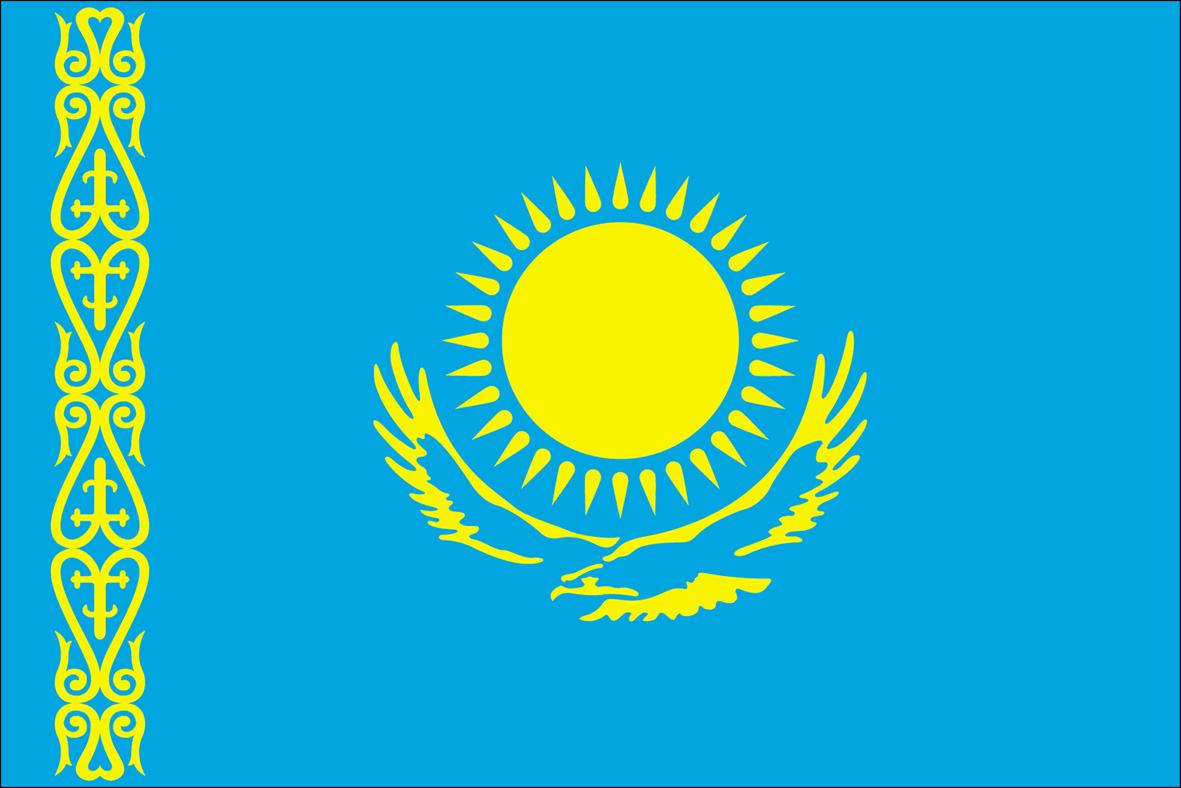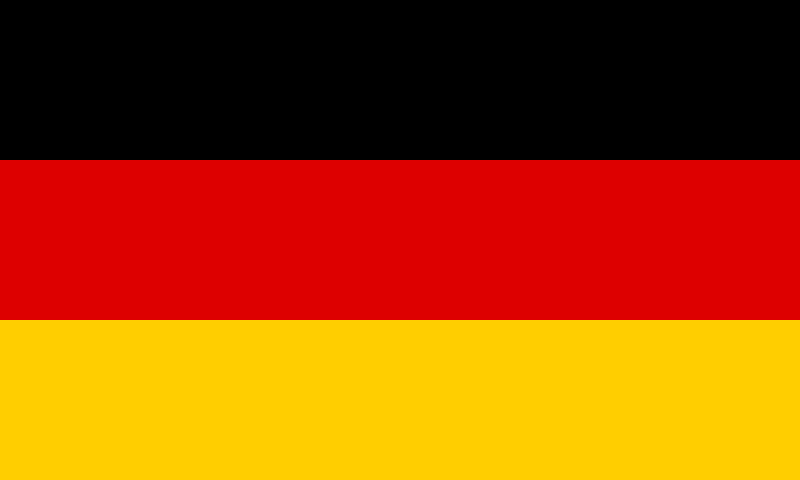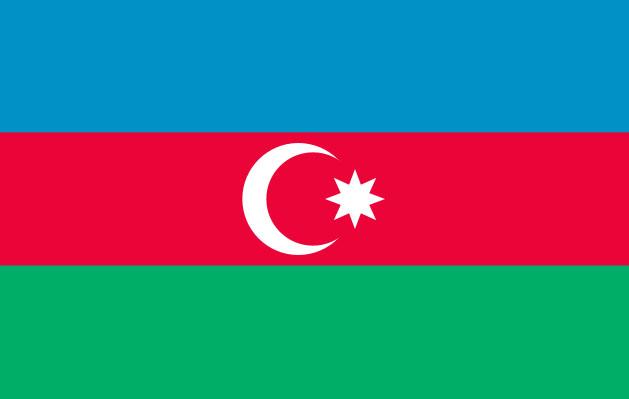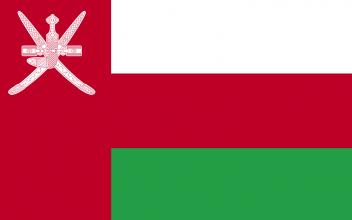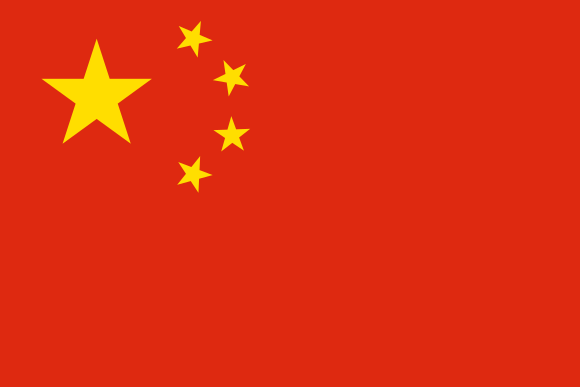Did You Know?: Mathematical Sciences along the Silk Roads
© Konstik / 1130041710 / Getty ImagesDuring the Islamic Golden Ages (from the 8th to 13th centuries CE) considerable interactions and exchanges in the field of mathematics took place. Notably, along the Silk Roads, a number of ancient civilizations such as those in Egypt, Mesopotamia, the Iranian plateau, Khorasan (a historical region to the North East of Iran that included parts of modern day Afghanistan), and Transoxiana (the Central Asia region between the Amu Darya and Syr Darya rivers) directly or indirectly connected with Ancient Greek culture and civilization, including its mathematical knowledge.
As such, translation played a prominent role in the propagation of mathematical works along the Silk Roads. The city of Baghdad was a centre of culture during the Arab Abbasid period (from 750 to 1258 CE) and caliphs like Harun al-Rashid (b.763- d.809 CE) and Al-Ma’mun (b.786- d.833 CE) promoted the study of the philosophical and scientific texts of ancient Greece and the Indian Subcontinent. Translators from various ethnicities and religions participated in the translation of different languages such as Greek, Syriac, Middle Persian and Sanskrit into Arabic. These translators from various backgrounds included the Persian astrologer Ibn Nawbakht who translated works from Pahlavi (Middle Persian) into Arabic, and the Nestorian Christian Hunayn Is’shaq who translated from Greek and Syriac to Arabic.
The work of Central Asian Mathematicians fostered one of the great ages of mathematical achievement despite the fact that European translators knew little of it. The Persian Mathematician Muhammad Al-Khwarazmi (first half of the 9th century) was an exception and his work left its mark on western languages, for example the Latin form of his name gave rise to the mathematical term ‘algorithm’.
Among these eminent mathematicians, some were also physicians and philosophers, such as Avicenna (b.980- d.1037 CE) who, innovative for his time period, considered mathematics as a complementary discipline to philosophy. Following Avicenna’s approach, Umar Khayyam (b.1048- d.1123 CE), who is known as a great poet was also an astronomer and philosopher.
Within the development of mathematical sciences, there were interactions from both sides of the Silk Roads. For example, Al-Khwarazmi inherited from Indian mathematicians the base ten positional system and developed it in his book. Additionally, the Syrian mathematician Al-Uqlidisi (mid-10th century CE) also was influenced by Indian numerals in his book.
Furthermore, influenced by mathematics in Eastern Asia, the Persian Mathematician Jamshid Al-Kashi (d. 1429 CE) not only used Al Khwarazmi’s work but also incorporated Chinese astronomers’ system of measuring time to invent decimal fractions into his work. Another example is Alfraganus’ work from the 9th century CE on distances between planets which was transmitted and used in Europe for several centuries translated into Latin and Hebrew.
The use of the geometric method to solve algebraic equations in the work of Abu I-Wafa Al-Buzajani (b.940- d.98 CE) was an anticipation of the later discovery of analytical geometry by the French mathematician Descartes in the 17th century.
The exchanges of scientific knowledge’s between several ancient civilizations along the Silk Roads represent the way in which they acted as roads of knowledge as well as commerce. Not to mention, the specific and essential role of translation, without which these achievements would not have been successful.
See Also
The Role of Women in Central Asian Nomadic Society
Ancient Trading Centres in the Malay Peninsula
Sri Lankan Harbour Cities and the Maritime Silk Roads
The Use of the Malay Language in Coastal Javanese Literature
